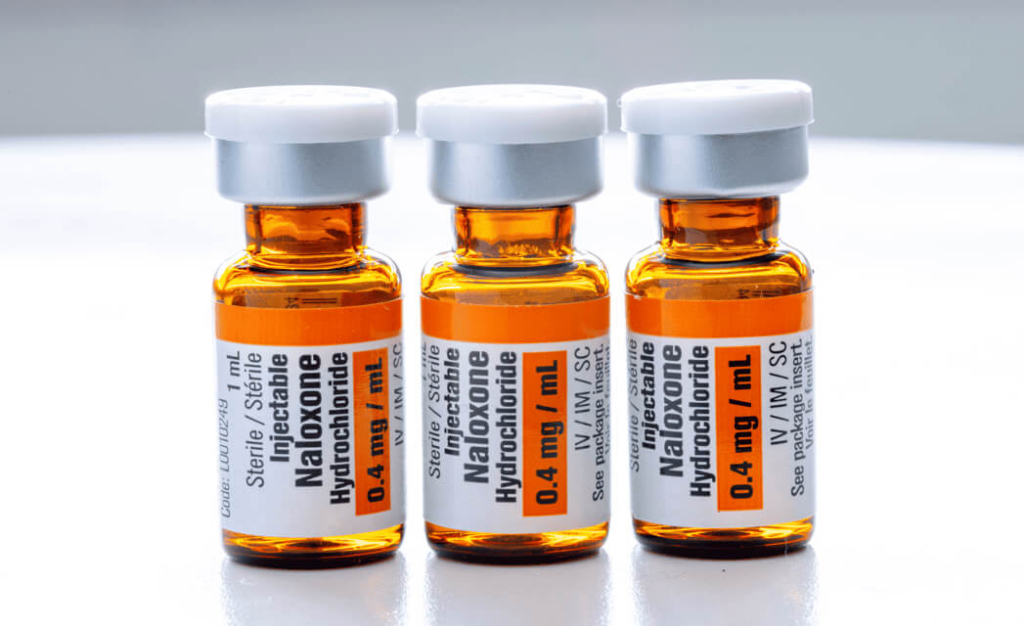Have you ever wondered why doctors prescribe buprenorphine and naloxone together? This combination might seem puzzling, but it holds significant importance in addiction treatment. Let’s dive into the ‘why’ behind this medical strategy!
Naloxone Training: Save Lives, Get Certified Today!

Why is buprenorphine and naloxone given together?
The combination of buprenorphine and naloxone is a widely used and effective treatment for opioid use disorder. This dual approach serves several important purposes in treating OUD:
1. Buprenorphine: Providing Partial Opioid Agonism
- Activation of Opioid Receptors: Buprenorphine is a partial opioid agonist, meaning it activates the brain’s opioid receptors but to a much lesser extent than full agonists like heroin or morphine.
- Relief from Withdrawal and Cravings: By partially activating these receptors, buprenorphine can reduce withdrawal symptoms and cravings associated with opioid dependence.
- Safety Profile: The partial agonism means that it has a ceiling effect on opioid effects, significantly reducing the risk of intoxication and overdose compared to full agonists.
2. Naloxone: Deterrent Against Misuse
- Blocking Opioid Effects: Naloxone is a full opioid antagonist. When combined with buprenorphine and taken orally, naloxone has minimal effect because of poor oral absorption.
- Preventing Misuse: If the combination is injected, naloxone becomes highly active and can precipitate immediate withdrawal symptoms by displacing opioids from their receptors. This acts as a powerful deterrent against the misuse of the medication.
Why Combine Buprenorphine and Naloxone?
The heart of our topic: why are these medications given together? Here, we discuss how their combination creates a synergistic effect in treating opioid dependence.
- Reduced Opioid Dependency: The combination can lower the amount of opioids needed for effective maintenance therapy, reducing the potential for side effects.
- Enhanced Safety: Including naloxone in the combination provides a safety net, significantly reducing the risk of overdose.
- Peace of Mind: For both patients and clinicians, the presence of naloxone offers an additional layer of safety and reassurance.
Summary of Key Advantages
| Feature | Buprenorphine | Naloxone | Buprenorphine + Naloxone |
|---|---|---|---|
| Type of Opioid | Partial Agonist | Full Antagonist | Combination |
| Primary Effect | Activates receptors with reduced effect; alleviates withdrawal symptoms | Blocks opioid effects | Combines relief from withdrawal with reduced misuse risk |
| Absorption (Oral) | High | Low | High for buprenorphine, low for naloxone |
| Misuse Deterrent | No | Yes | Yes, due to naloxone’s activation when injected |
| Overdose Risk | Lower compared to full agonists but present | None | Further reduced due to naloxone |
Clinical Supervision and Customization
- Professional Oversight: It’s imperative that this combination therapy is prescribed and monitored by healthcare professionals experienced in OUD treatment.
- Tailored Treatment: They can adjust the dosage and duration of treatment based on individual patient needs and monitor for any side effects or complications.
The buprenorphine and naloxone combination represents a synergistic approach to OUD treatment, effectively addressing the challenges of withdrawal, cravings, and the potential for misuse. This therapy should always be part of a comprehensive treatment plan that includes counseling and support for the best outcomes in opioid addiction recovery.
Here is a summary of the roles of buprenorphine and naloxone in the treatment of OUD:
Buprenorphine:
Relieves withdrawal symptoms and cravings.
Reduces the risk of intoxication or overdose.
Naloxone:
Discourages misuse and detour.
May reverse the effects of opioids in case of overdose
Conclusion: A Step Forward in Addiction Treatment
As we conclude, remember that the combination of buprenorphine and naloxone represents a significant advancement in treating opioid addiction. It’s a blend of science, safety, and effectiveness that offers hope and support to many.
It is important to note that buprenorphine/naloxone combination therapy should be prescribed and supervised by a healthcare professional experienced in the treatment of OUD. They can tailor the dose and duration of treatment to individual needs and address any potential side effects.
